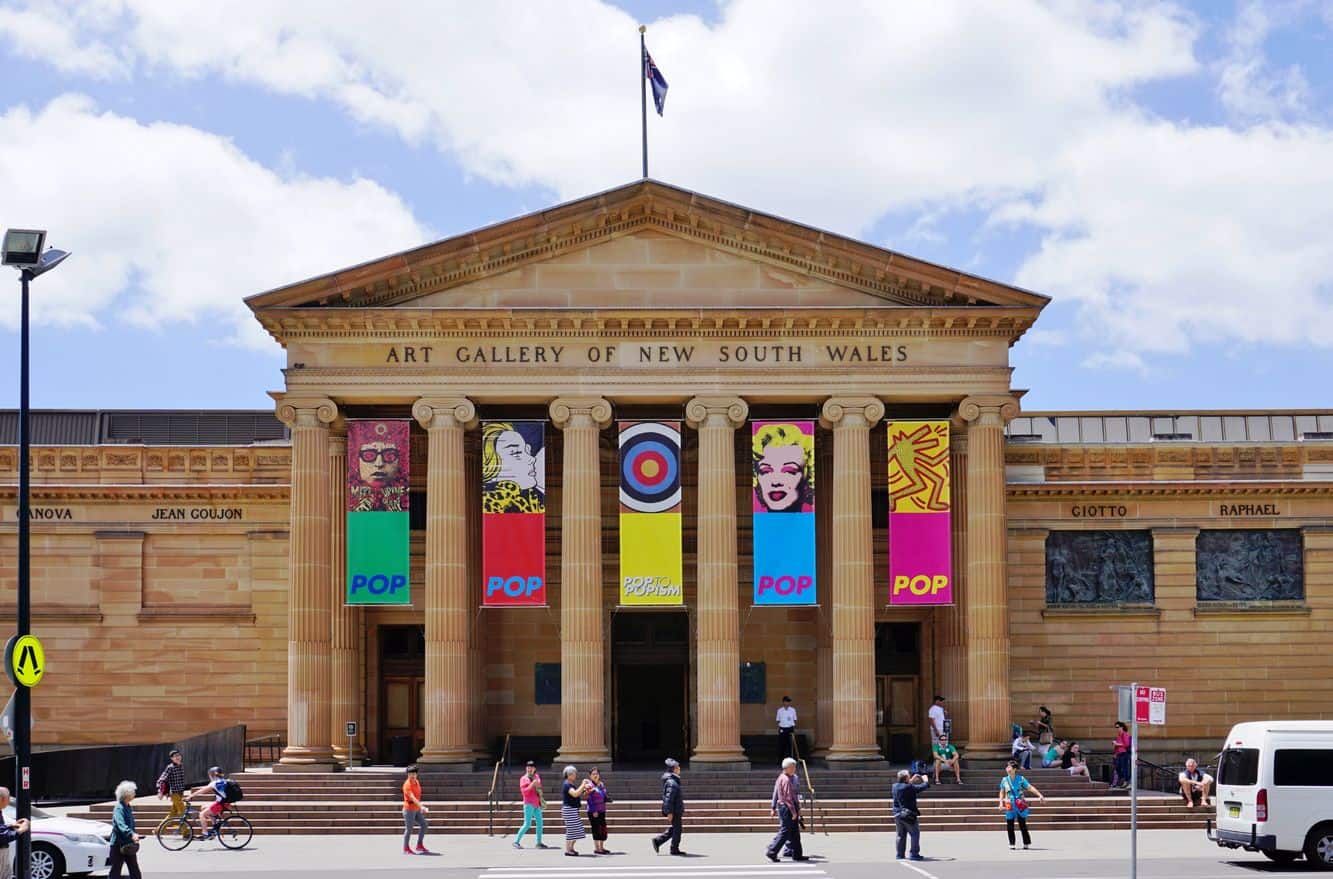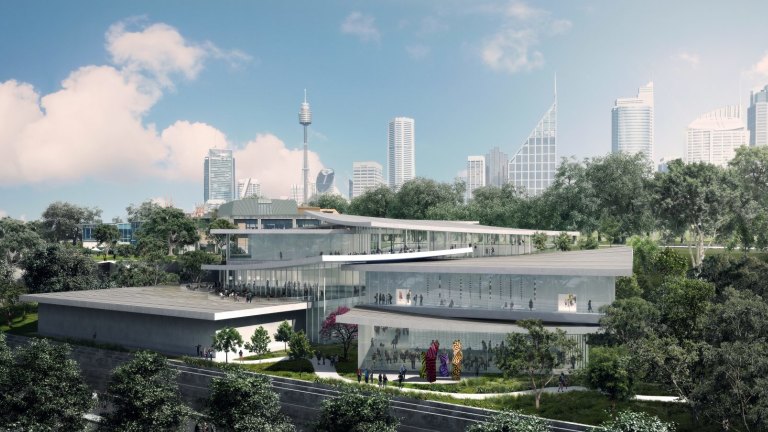Art Gallery Casino Nsw
- Art Gallery Casino Nsw Login
- Art Gallery Casino Nsw Opening
- Art Gallery Casino Nsw Jobs
- Art Gallery Casino Nsw Careers
The Jambama Art Gallery and Jambama Arts Centre are projects of Buyinbin Aboriginal Corporation, located in Casino NSW, Australia.
Your Best Localsearch for Art Galleries in Northern Rivers, NSW - Localsearch. For the most complete local list of Art Galleries in Northern Rivers, NSW, including Full Contact Details, Business Descriptions, Mapping and Directions, as well as service and product information, always choose Localsearch! This business servicing Casino is a local SME in the Painters & Decorators category. We are locally operated and owned painters and decorators. We are located In NSW and offer our services throughout Goonellabah and surroundi. More Legal ID: 1800 834. Pritzker Prize-winning architecture studio SANAAhas unveiled its design for an extension to the Art Gallery of New South Wales, which is currently under construction in Sydney. Named Sydney Modern.
Buyinbin established the Jambama Art Shed with an Arts and Crafts program over 10 years ago in a warehouse in the industrial estate in Casino, to provide a community based arts and crafts workshop, providing training in painting, sculpture, textiles, and more recently in arts management.

Jambama Arts Centre has developed into a recognised hub for Aboriginal arts and cultural practice in Casino, with extension activities throughout the region.
In 2012 we opened our new purpose built Jambama Art Gallery, which is the only community based 100% Aboriginal owned and operated gallery in the region, located in front of our workshop Jambama Arts Centre.
Jambama Art Gallery provides an opportunity for participants and artists of the Aboriginal communities in the region to showcase their talent and creative skills.
Jambama Art Gallery
30 Cassino Drive. Casino Industrial Estate. Casino. NSW. 2470.
Open to Public
Art Gallery Casino Nsw Login
Monday to Friday
9.00am-4.00pm

Art Gallery Casino Nsw Opening
For Information:
Contact Gallery Manager Tania Walker on 02 6662 6672
Location: Art Gallery Road, The Domain, SydneyThe Art Gallery NSW is surrounded by parklands on the eastern edge of the CBD. There are around 29,000 items in the permanent collection and it is divided up into seven major collections. The Australian collection reflects the evolving cultural traditions of the past two hundred years of European settlement in Australia. The Yiribana Gallery is dedicated to the permanent display of Aboriginal and Torres Strait Islander art.
Click on or tap an feature to read the description. Click or tap again to hide the description.
Art Gallery Casino Nsw Jobs

Art Gallery Casino Nsw Careers
When it was constructed, what is today the Art Gallery's main building in the Domain was known as The National Gallery. It was designed by Government Architect Walter Liberty Vernon, who was assigned the task by the Government instead of the preferred choice of the Trustees of the Art Gallery, private architect John Horbury Hunt, who has designed a temporary brick building erected in 1884. Vernon followed the Trustees' brief for a Classic Greek-temple style building, complete with portico and columns, not unlike William Playfair's fine gallery in Edinburgh, however the building's present form is a little more austere and undecorated than Vernon had originally intended and is only part of the complex envisaged by him.
The main building we see today, which was to be the first wing of a much larger Gallery, was built in 5 stages. In 1902, midway through construction, Vernon gave an eight page presentation album to the Trustees which illustrated his proposed designs for the completed Gallery complex. He proposed that his oval lobby which had just been opened would lead into an equally imposing Central Court. His plans, which included a northern gallery intended to correspond with the southern watercolour gallery, were rejected. Consequently, until 1969 his lobby lead, by a short descent from the entrance level, to the existing three northern galleries housed in Hunt's temporary building.
After 1909 nothing more was built of Vernon's designs and his ground plan remained incomplete. In the 1930s the NSW Government decided to complete it but the Depression and other financial constraints lead to the plan's abandonment. In 1968 the Government approved the addition of a new Gallery as a major part of the Captain Cook Bicentenary celebrations. Andrew Anderson was the Architect entrusted with the design of the new building, which opened to the public in November 1970.
The decor of the Vernon's building included the names of famous artists set high around its front and sides below the entablature. Forty-four names were intended. Thirty-two names are found on the existing elevations, lettered in bronze below the entablature. Seven intended names are known from architectural drawings, the other five intended names were is not known.
Painters appear on the southern half of the front elevation, and on the adjoining side elevation to the south: Giotto, Raphael, Titian, Rembrandt, Murillo, Rubens, Andrea del Sarto, Botticelli, Bellini, Cimabue, Correggio, Leonardo da Vinci, Tintoretto, Velasquez, Vandyck and Gainsborough. Sculptors appear on the northern half of the front, and were presumably intended for the adjoining side elevation to the north: Michael Angelo (see explanation below), Donatello, Ghiberti, Pheidias, Cellini, Canova, Jean Goujon, Pythagoras, Praxiteles and Anthemius. Architects appear on the rear ??elevation: Christopher Wren, Philibert de l'Orme, Perrault, Juan de Herrera, Mansart and Inigo Jones.
The names intended for the unbuilt part of the rear elevation are included on drawings from 1895 for the front, south and rear elevations. These drawings correspond with the names as installed, except that those on the side elevation are placed in a different order (Leonardo da Vinci, Correggio, Tintoretto, Bellini, Botticelli, Cimabue, Velasquez, Vandyck and Gainsborough). A drawing for the elevation of the small portion of the Art Gallery built in 1896, shows six names: Ictinus, Phidias, Raphael, M. Angelo, Titian and C. Wren. Five of these names appear on the elevations that were completed; one, Ictinus, must have been intended for the unbuilt north elevation. The names intended for the rear elevation towards the north, which was ne??ver built, were Sansovino, Bramante, Palladio, Vignola, Vitruvius and Brunellescho. It has been suggested over the years that the names of the artists now in place should be removed, as they bear no relation to the collections housed within. They will remain as they are, for the time being at least, as they are seen as a continual, albeit quaint, reminder of the gallery's founders, their vision and aspirations.
Many visitors to the Gallery ask, 'Why is Michelangelo's name written as 'Michael Angelo' and why has the Gallery never corrected this? Today it is the standard practice in the English speaking world to refer to the great Italian sculptor, painter and architect Michelagnolo Lodovico di Lionardo Buonarroti Simoni [1475-1564], by the name by which he was known to his Italian contemporaries 'Michelangelo'. Sir Charles Eastlake, in his influen??0003]tial two volumed Handbook of Painting: the Italian Schools [1837], spelt the name as 'Michael Angelo'. John Ruskin, who is accepted as the greatest art critic of the 19th century, also preferred this spelling of the name, so the Trustees followed these authorities and the name as written is not a mistake as is often suggested.
At the request of the Trustees of the Art Gallery, Vernon included twelve panels below the artists' names which the Trustees intended to use to depict the various eras of art. The first to be erected were to be a series of six panels depicting the six 'distinctive historical art periods' of the Assyrian, Egyptian, Grecian, Roman, Gothic and Renaissance. Presumably the remaining six would be filled later and have a similar theme. Bronze was chosen as the medium, as it was decided that marble ??0003]caught too sharply the glare of sunlight. The Trustees organised a competition for the first two panels which were to depict subjects typical of Assyrian and Egyptian Art. The general treatment of the designs should harmonize with a panel already fixed, Phyrne before Praxiteles by the English sculptor Percival Ball, and with the architecture of the building. Only four of the twelve panels were ever filled. They are set high on the south half of the front elevation, and beside them are the two empty panels intended to depict Gothic and Renaissance.
All of the six panels on the corresponding north half of the front elevation also remain empty. At first sight the four completed reliefs appear to relate to the bronze names of artists on the entablature, but there is no relation between the artists' names and the reliefs. Mounted to the right from the Ga??llery entrance, their subjects are from (left to right) Assyria, Egypt, Greece and Rome. They depict:Assur-Natsir-Pal, King of Assyria by the English sculptor Gilbert Bayes [1872-1953]. Bayes was awarded 50 pounds for this work. The panel was cast in England and placed in position in February 1907. It depicts the visit of Sennacherib, King of Assyria, and his Queen to view the progress of the building of his palace at Koyounjik [or Kongjunjk]. Queen Hatasu of Egypt by the English sculptor Countess Feodora Gleichen [1861-1922].
Gleichen was awarded 50 pounds for this work. The panel was cast in England and placed in position in March 1908. It depicts Queen Hatasu giving directions for the construction of her famous avenue of Ram-headed Sphinxes. The bas-relief shows the Queen in the act of examining a plan unfolded before her by the architect kneeling at her f??eet. Thothmes visiting the Temple of Denderah by James White, a Sydney sculptor, who was awarded a second prize of 25 pounds.Phyrne before Praxiteles by the English sculptor Percival Ball [1844-1900]. Ball lived in Australia from 1886 - 1899. This panel was designed and modelled in Sydney in 1899 and cast in England. Erected on 27 March 1903. it was the first to be placed in position. The fourth panel, Augustus at Nimes, by the English sculptor William Reid Dick [1879-1961] was not an entry in the competition but rather it was a gift to the Gallery by the Gallery Trustee and Sydney architect Sir John Sulman. It was placed in position in December 1931.